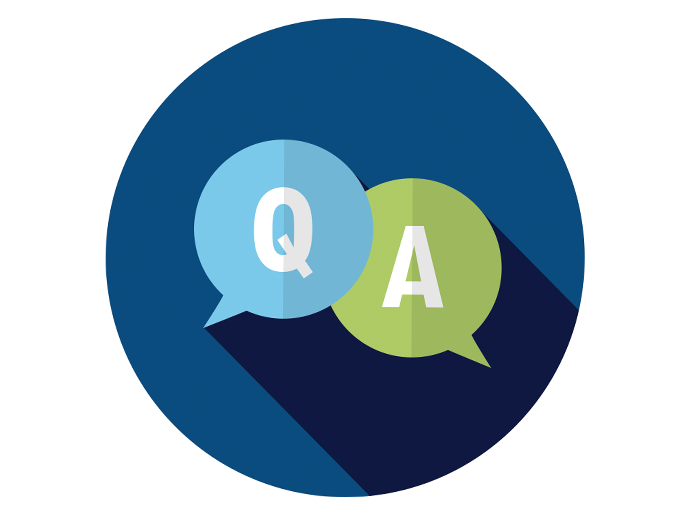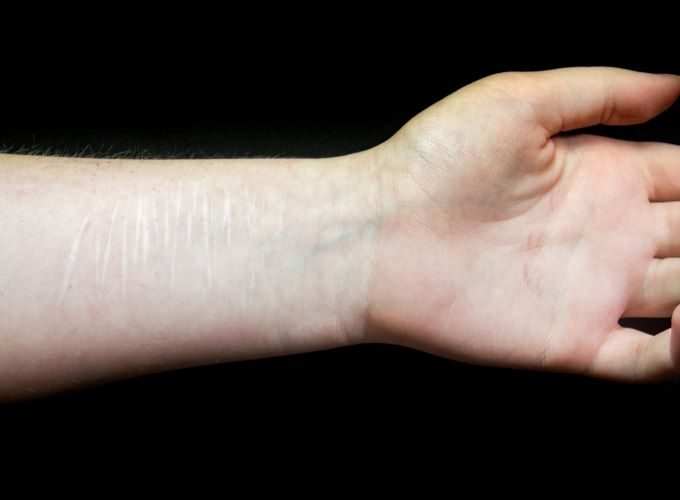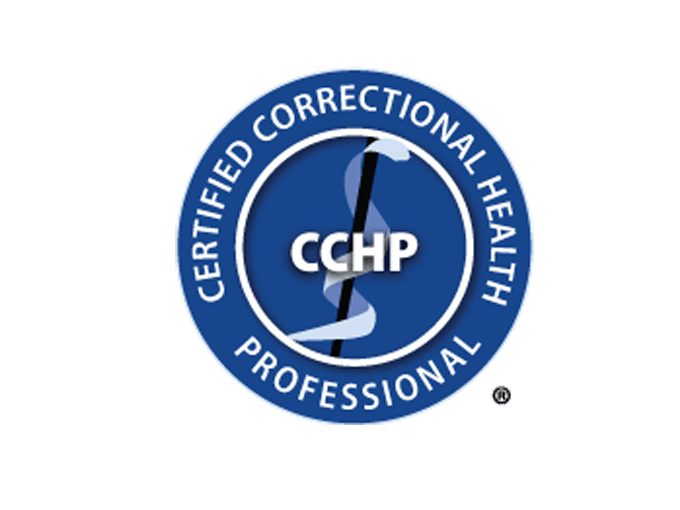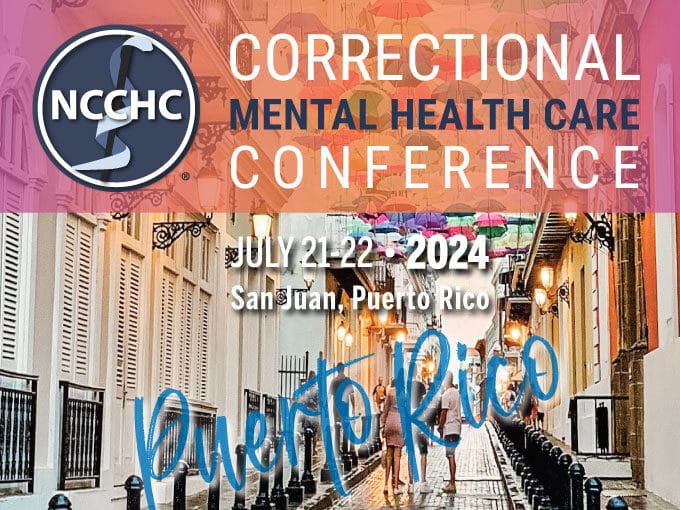
Standards Q&A: 75% Custody Health Training Requirement
Does the 75% requirement refer to all custody staff or only those working during
Home Self-Injurious Behaviors, Part 2: Management and Treatment Interventions
 May 13, 2022
May 13, 2022by Kavita Khajuria, MD
Pathologizing or dismissing self-injury can be dangerous, as self-injurious behaviors are a strong predictor of suicide completion. Underlying or coexisting conditions need to be addressed and treated. That might include treatment of underlying depression or psychosis, behavioral interventions for those with neurodevelopment disabilities, or dialectical behavior therapy for those with borderline personality disorder.
Some evidence supports the use of certain classes of medications including, but not limited to, opioid blockers, antidepressants, antipsychotics, anxiolytics, and anticonvulsants. However, medications are best used as an adjunct to environmental, interpersonal, and behavioral interventions, as the motives for self-harm are usually more complicated, precipitated or reinforced by the correctional environment.
Given the host of environment variables and influences, interventions may not necessarily require a medication prescription; what’s important is to assess the factors driving the behavior. Establishing rapport with directness and respect is key, along with a careful understanding of the motive, purpose, and the history of the behavior.
Behavioral interventions such as Dialectical Behavior Therapy principles have shown the greatest success, including patient agreement with goals and strategies, close monitoring, skill enhancement, and a nonconfrontational present-focused approach.
Custody staff can benefit from behavioral and mental health training, since punitive responses such as restraints or isolation increase the risk of self-injury. Some experts suggest brief, focused assessments for those who seek more attention, or admission to additional support groups, contingent on replacing self-injurious behaviors with prosocial coping.
Alternate methods to treat self-injury in incarcerated women include motivational interviewing and CBT with tailor-adjusted treatment. Behavioral interventions may help reduce the frequency and severity, particularly when addressing individuals seeking secondary gains.
Self-injurious behaviors can be chronic, recurrent, and complicated, with the capacity to exhaust resources and staff morale. As is so often the case, collaborative communication among clinical and custody staff tends to offer the greatest likelihood for successful intervention and increased safety.
Kavita Khajuria, MD, is a forensic psychiatrist in clinical practice at Twin Towers Correctional Facility in Los Angeles, California. Read part 1 here.
Learn about NCCHC’s Correctional Mental Health Care Conference, coming up August1-2 in Denver.
For guidance about best mental health practices in corrections, refer to NCCHC’s Standards for Mental Health Services.
Go the extra mile and earn mental health accreditation from NCCHC.
If you’re a correctional mental health professional, advance your career with CCHP-MH certification.


